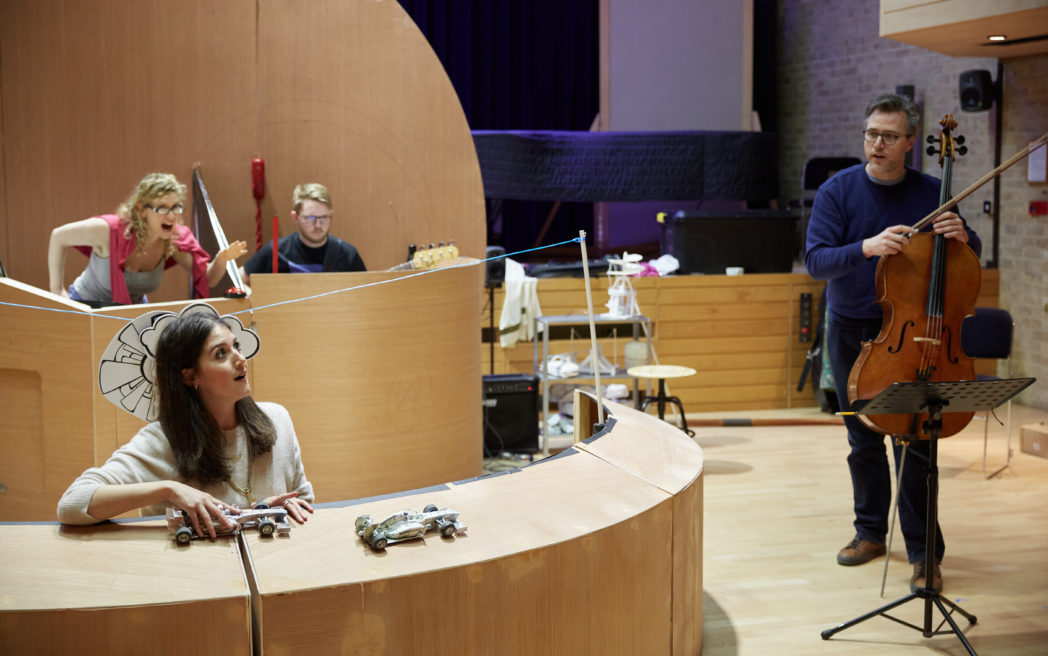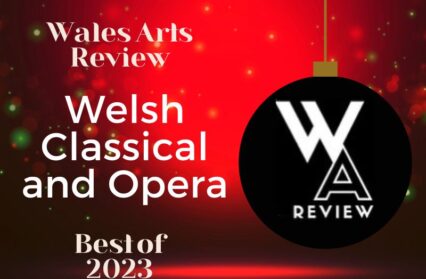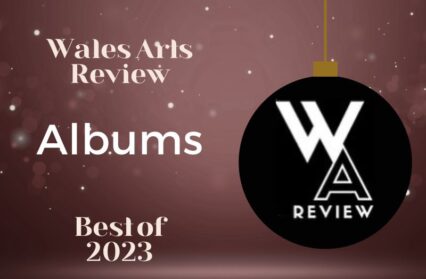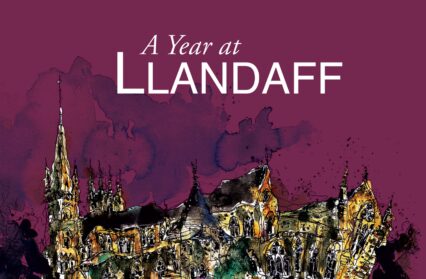Ahead of two new opera productions for young people which she is directing, Cath Barton caught up with Operasonic’s Creative Director Rhian Hutchings.

Composer – Martyn Harry / Director – Rhian Hutchings / Designer – Bethany Seddon
Photo by Mark Douet
Cath Barton: I know that your next Operasonic production is called Vehicles and that the composer is Martyn Harry. Is this a new collaboration?
Rhian Hutchings: Martyn has written operas for performance to children in the past. We’d met way back and when he learnt about Operasonic’s work he got in touch to ask if we would like to be involved in developing a piece to inspire children to think differently about science through opera. The starting point for both is invention. So in Vehicles we have caveman inventing the wheel, Leonardo da Vinci, and James Sadler, the first English aeronaut, who made his first balloon ascent from Oxford. To name just three!
What’s the Oxford connection?
Martyn Harry happens to work across the road from where James Sadler made that first ascent! Martyn is a Professor of Music at Oxford University, and has been able to tap into research funding from the university for the project. And of course the car industry is massively important in Oxford.
How have young people been involved in the development of this opera?
Martyn worked with Nina Hajiyianni, Artistic Director of Action Transport Theatre in Ellesmere Port to develop the opera, and they did workshops in schools in the Blackbird Leys area of Oxford and in Ellesmere. The show has been made now, so although we will hold workshops in schools in Newport and Didcot before the performances, they will be different from those in which young people are part of the creation of a show, as happened for example with Newport Legends. Vehicles will be performed by four professional singer/musicians: Luci Briginshaw, Simon Wallfisch, Charmian Bedford and Peter Martin.
The opera is described as being for 6 to 12 year-olds and their families. Why is that?
It is a family show, and way the story is told will, we think, appeal particularly to the younger age group. That’s not to say that the music is in any way dumbed down; it is actually quite complex, and my experience is that young people ‘get’ opera in a way that some of their parents don’t. For Operasonic it’s very important that opera is being made for young people. Often they’re taken to things like The Magic Flute and The Barber of Seville, but there are lots of composers, writers and companies making new work for specifically for young people and their interests now, and they deserve chances to see that.
Let’s move on to the other production you’re going to be directing soon. This one is for Welsh National Youth Opera. How did that come about?
As you know I worked with David Pountney on the Youth Opera’s production of Hans Krása’s children’s opera Brundibár last year in the WNO Freedom Season, and it’s great to be invited back to direct Judith Weir’s The Black Spider. Actually, I have directed this for WNO before, when I was working in the Youth and Community Department, and Dan Perkin and I did it together with the 10 to 14 year-olds of the then Singing Club. That was about ten years ago, in the Weston Studio, with no set.
And you’re working with Dan again?
Yes, I am, this time on a full staging. Dan’s musical director, with Siân Cameron as the vocal coach. They work year-round with the two youth opera groups who will be taking part, the 10 to 14s and the 14 to 18s. There are also two RWCMD students taking part: Michael Smith and Tomos Jones. We will have about 100 singers on stage altogether. Bethany Seddon is the designer – and, as it happens, for Vehicles too!
What do you particularly like about The Black Spider?
It’s a horror comedy and that particularly appeals to me. It allows for big gestures. Working on the design with Bethany we’re looking at Hammer horror and German expressionism. There’ll definitely be some medieval punks – if you’re going to work with young people you’ve got to make it fun for them.
I gather that when Judith Weir was commissioned to write the piece in 1983-4 she was asked for something ‘like an opera’ and she took it that she meant she should include, amongst other essential element, ‘a heroic soprano who sings on her deathbed.’ Is there one of those?
Yes, but she doesn’t really die.
Like Pyramus and Thisbe in A Midsummer’s Night’s Dream?
Exactly.
What’s the orchestration?
There’s a lot of percussion. Including swanee whistles – the score is very playful.
With this production coming up, and Vehicles too, it sounds as if things are going well in the field of opera for young people.
Yes, there’s some great work being made. And if Judith Weir and an Oxford University academic are amongst those who feel it’s important, that should tell us something about how the art form is developing. Opera is for everyone now!
Vehicles, An Operatic Space Voyage Through the History of Human Transport
by Martyn Harry
is at the Riverfront, Newport, on Tuesday, 3rd March
and the Cornerstone Arts Centre, Didcot, on Friday, 27th March
The Black Spider, by Judith Weir, is at the Memo Arts Centre, Barry, on 4th and 5th April.
Cath Barton won the New Welsh Writing AmeriCymru Prize for the Novella with The Plankton Collector, which is published by New Welsh Review under their Rarebyte imprint. Her second novella, In the Sweep of the Bay, will be published by Louise Walters Books in September 2020, and in early 2021 Retreat West Books will publish her collection of short stories inspired by the work of the Flemish artist Hieronymus Bosch.




 Enjoyed this article? Support our writers directly by buying them a coffee and clicking this link.
Enjoyed this article? Support our writers directly by buying them a coffee and clicking this link.







